While Waiting for Godot: Azank’s New York (Digital) Dream
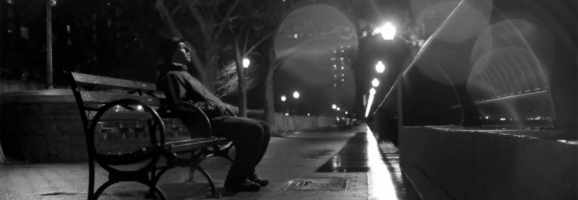
The wait is over. Behold, your next rainy-day web series awaits; Rudi Azank’s While Waiting for Godot. Azank delivers an episodic tale for the current YouTube generation, circled around the duo Gogo and Didi and their anticipation of Godot. This web series emphasises the traditional practice of re-interpretation, and its value amongst our era of dialogic technology.
I was not familiar with this story before watching Rudi Azank’s series, though now, I am utterly engrossed with his contemporary video adaption. Originally En Attendant Godot, the story entered the public sphere as a manuscript of Irish avant-garde novelist, playwright and poet Samuel Beckett. The tale was in French, and invited viewers to accompany Vladimir and Estragon’s perpetual wait for Godot; a man that neither actually knew. Since its creation from 1948 to 1949, Godot has been discussed, interpreted and reproduced in response to different social and cultural contexts. It is through Rudi Azank’s refreshing short film edition that Beckett’s characterisation can facilitate new perceptions, narrative and resonance in the 21st century. This adaption enables the power of web videos to trigger our sense of nostalgia through a modern digital platform.
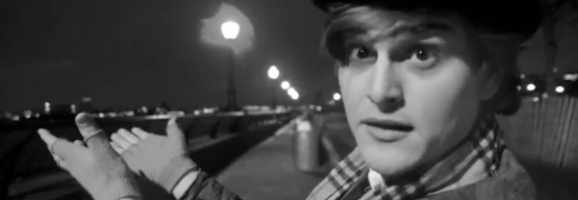
Azank is a New York-based actor and filmmaker. He translated, adapted and directed the While Waiting for Godot series, which initiated as his thesis project at the New York University Film School. Having since graduated, Azank developed this series with fellow student Ran Shelomi. Together, they assembled and produced this 4-episode project at NYU, which premiered on YouTube in August, 2013.
Azank’s focus on filmmaking and directing, with Shelomi’s focus in cinematography combined to create the first Godot of its kind, fully adapted for screen audiences online. It is, in fact, Rudi Azank himself who plays the character of Didi, and Azank’s co-star Shelomi plays the character of Gogo. They took inspiration from a 1953 American film shown to them during their study, Little Fugitive; a prominent element of the text being that it had a cast and crew of a mere three. Accordingly, the pair modeled some of their production methods from this. Other nods to historical filmmaking and aesthetic resides in the all black and white cinematography. Careful attention when filming has been captured on the changes in light brought on by the street lamps and lighted windows of the skyline at night. These cinematic inclusions ground Samuel Beckett’s infamous surreal story in modern day New York City, in a way that feels authentic. On a side note, I must mention the musical delights of the series: Louis Armstrong’s On A Coconut Island, Artie Shaw’s Nightmare, George Formby’s Leaning On A Lamp Post. It’s a nostalgic slice of urban America.
It must too be noted that Beckett Estate have approved Azank’s cinematic depiction, which is a rather commendable achievement in itself. This marks the transition of Godot from a historical manuscript to a current piece of online tragicomedy – openly available for international viewers to consume, interact with and share. Azank, in this instance, acts as a vital tool in enabling an underground text of today to reach, and become relevant to, a new target market.

The first episode of the web series kicks off with the finger-clicking duet of Bing Crosby and Jane Wyman’s In The Cool, Cool, Cool of The Evening. New York’s illuminated city skyline becomes the view of a vagabond sat upon a public bench. The man, Gogo, is joined by another, Didi. We are introduced to Azank’s Vladimir and Estragon equivalent, where the pair engage in ideas that centralise humanity’s petty distractions. Oblivious to their condition, Gogo and Didi delve into blasé albeit cheerful chatter over mundane and senseless topics, placing emphasis on the comical nature of Beckett’s characterisation. Their intent on waiting for Godot, a figure that could merely be an invention of their psyche, is a characteristic reflective of the strange absurdity and subsequent misery of their lives.
Azank captures the undertones of absurdist fiction through his interpretation of Beckett’s most prominent modernist works. This genre of literature lays focus on the characters’ immediate situations and their search for purpose. This is symbolised through their ultimate dabbling in rather meaningless events and actions. Skillfully, the Godot webseries delivers these explorations through the characters’ use of dark humour, and furthermore, their satirical approach in connecting to each other, and the world. Particularly, the inclusion of agnosticism feeds into Gogo’s dialogue of suicide, Didi’s dialogue of uncertainty, and their mutual skepticism of existence and morality.

The first episode Nothing To Be Done foreshadows the characters’ incessant antics to make time pass. The agnostic themes continue to be engaged in the Godot counterparts to follow, It’s The Only Version They Know!, The Goodness of The Travelers, and You’re My Only Hope. Each of the four web episodes span between seven to 10 minutes – presenting contemporary viewers with small, digestible installments for the benefit of immediate consumption. The mind-wandering nature of the themes presented in the episodes are served well with their short presentations, making the central idea the heart of each video.
The final installment of the first season, You’re My Only Hope, begins with a quote from Sigmund Freud: “To laugh at our misery is the only way we have found coming to terms with it”. Freud’s words allow the comical irony to resonate, as the episode follows with Gogo and Didi’s contemplation of suicide; to them, death being an appropriate alternative to relieve their wait for an inconclusive occurrence. Their wildly ridiculous areas of conversation will have you boggling at the screen, laughing at their bowlers, and simultaneously captivated until you need to click to begin the following episode. It’s an experience worth exploring.
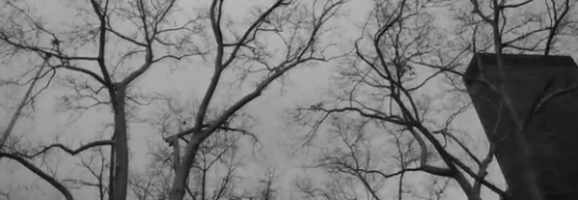
The Godot production relies on crowdfunding to support the making of future episodes. Thankfully, Azank and Shelomi are currently shooting Season 2 and 3 in Midtown Manhattan, where a larger cast will be introduced (including Jenel Moliere, Molly Densmore and Stephen Kaiser-Pendergrast). Of the $3000 funding goal for the second and third seasons, they reached $3015 in a 30 day period through Kickstarter, the world’s largest online platform for gathering funds towards creative projects. In turn, this mobilises the YouTube generation as a proactive audience in the production’s success, as well as their involvement in discussing its themes, analysing its characters and fueling the project’s opportunity to reach more viewers.
The While Waiting for Godot web series is clearly a valuable depiction of timeless human traits. As a product of Beckett’s time, Godot does well to connect to our digital world. It presents the human condition to ourselves, exposing our sense of time, the value of chance and the tradition of philosophical soliloquy. It is the dialogue of life, death and purpose that Azank can provide viewers with a modern, archetypical presentation of these facets of human existence.
What do you think? Leave a comment.
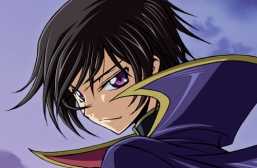
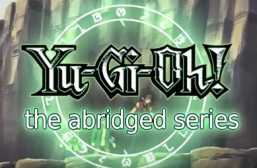
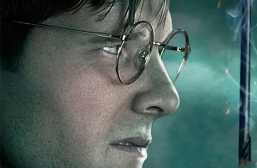


I am a big fan of Ibsen’s “A Doll’s House” and I thought no play could ever surpass it. The play “Engame” was alright but quite dull and at times pointlessly depressing but “Waiting for Godot” is, in one word; amazing! I hope this adaptation is good and relatively faithful!
Agreed!
On the face of it, this play is absurd. Nothing really happens. And nothing continues to happen. I’m curious how this play is adapted to the web. I have watched a movie adaptations of Godot that failed to maintain my interest.
I’ve never tried any other form of consuming Godot – but in regards to Azank’s version, the short installments are a big plus, easier to process what’s going on!
Watched the first episode. It was a surreal, dark and somewhat defeating atmosphere. Good job to cast & crew.
I agree, well said 🙂
Crowdfunding has been working better for the games industry. Shame the indie film industry is not getting as much attention.
That’s true – I hope it’s on the upward.
Bought WFG for my uni course and had to read it for that. Didn’t like it very much, maybe this is mroe entertaining.
I’m not quite sure what a Godot read would be like, but definitely give this a go 🙂
Nice, I’ll watch through it tonight. I’ve always been tempted to write a sequel titled “The arrival of Godot” 😀
Yes! Write the sequel! 🙂
I think the original play is initially hard to understand and as an A`Level student i found it difficult.
I found a copy of the original version in English on the internet, and I agree in that I found it very confusing to get my head around. Ah, the beauty of YouTube!
Watched all the videos, I liked it. It didn’t capture the same atmosphere that a live performance did which I watched recently. Definitely good though. Hope they make more episodes!
Yes yes, they’ve just wrapped up filming of seasons 2&3, and sourcing funds for a 4th. Exciting stuff – developing nicely.
Interesting: thanks for drawing my attention to to this.